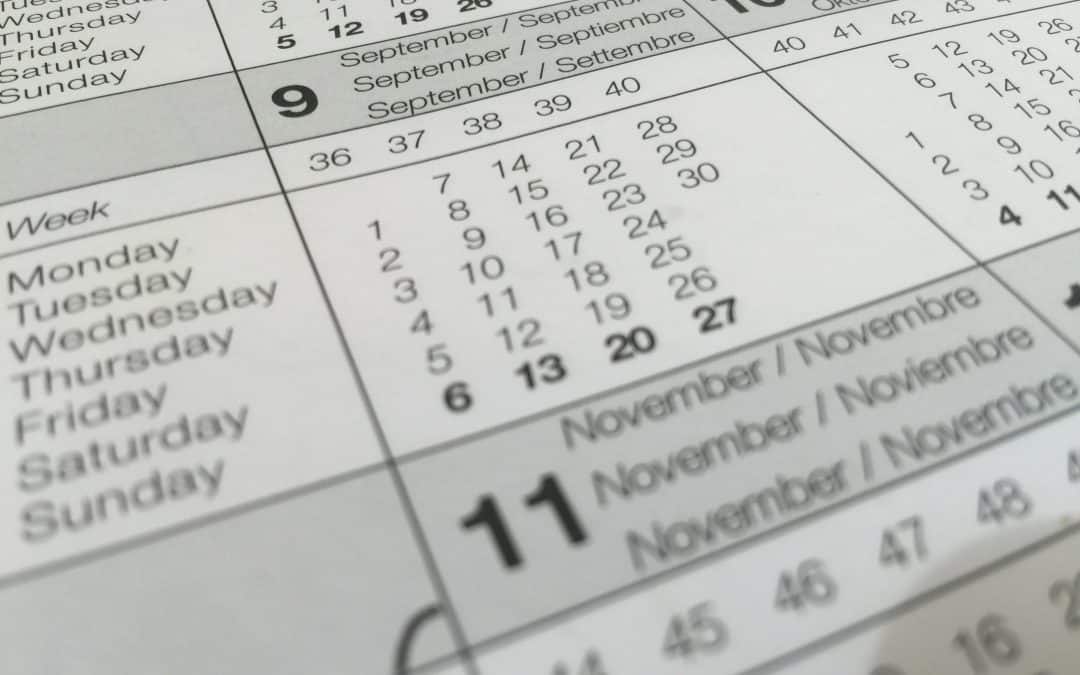Most students say they wish they’d started preparing for the SAT around the end of sophomore year. Starting early ensures that there’s time to cement foundational skills while allowing time to build more test-specific skills. Honestly, if you’re in high school, there’s something you can be doing to get ready for the SAT. Here’s a quick breakdown of what you can do at every year of high school to start preparing for the SAT.
Freshman Year
Freshman year, the SAT should be far, far off on the horizon. At this point, taking SAT practice tests will only lead to burn out, boredom, and anxiety. It’s likely that you won’t even know most of the Algebra II needed to complete the math section! What you can do is make sure you’ve locked down the basics. Improve your reading speed by grabbing a book you think you’ll enjoy. If you’re struggling with math now, it’s an excellent time to get a tutor and try and catch up! Brush up on your grammar, too- it isn’t going anywhere.
Sophomore
The summer after sophomore year is when SAT practice starts for real. The school year before, however, should be putting the last touches on a good foundation. Definitely work in reading every day while you can. Make sure you are keeping up with your math classes, if not putting in extra credit. It’s important that you know the material, not just pass. You also might be taking your pre-PSAT, so that’ll be a small taste of what’s to come.
Summer should be spent identifying trouble areas, attempting different testing tactics, and seeing what works for you. Now’s the time to get an official SAT Test Book and start practicing the SAT reading and writing sections. Learn the 17 rules of SAT Grammar, and start getting as much of that out of the way as you can.
Junior
The SAT Math Section covers material from the first half of Algebra II, so this is the year where you can start practicing the math sections. Pay attention in class. If the class is insufficient, seek help outside of the class. In the fall, start practice testing to get a feel for the math sections, and put a star by the problems you don’t understand. You can look them up afterwards. If you find yourself really struggling with the wording, or having a very hard time with the math section, consider Christian Heath’s SAT Math Mastery Books.
Evaluate how you’re doing with the SAT reading and writing sections. If you’re happy with the scores you’re making on a time limit, you can back off and shift your focus elsewhere. If a score needs improvement, keep at it. Even if you just put in an hour of SAT prep a week in the fall semester, that’s at least 16 extra hours of prep time that you’ll have under your belt. That can make a huge difference.
By winter, your class should have gone over everything you need to know for the SAT math section. The earliest spring testing date is in March each year, so that gives you three months to clean up your math section and prepare for taking the test as a whole.
We recommend taking the SAT as many times as you can, so you can not only benefit from luck but experience from every test before. Each year, there are testing dates in March, May, June, August, October, November, and December, so that gives you seven chances.
Senior
At this point, the game is about polishing those last couple of points. Ideally, with all that prep, you’re just trying to top your last score. It’s likely that anything systematic, like reading comprehension or cracks in foundational math, can’t be totally remedied at this point, but putting the work in will help at whatever state you’re in.
***
That’s it! We hope you get start preparing for the SAT soon! If you want more SAT and ACT prep advice sure to join our mailing list for a free 27-item checklist and 30-day free SAT email course.
